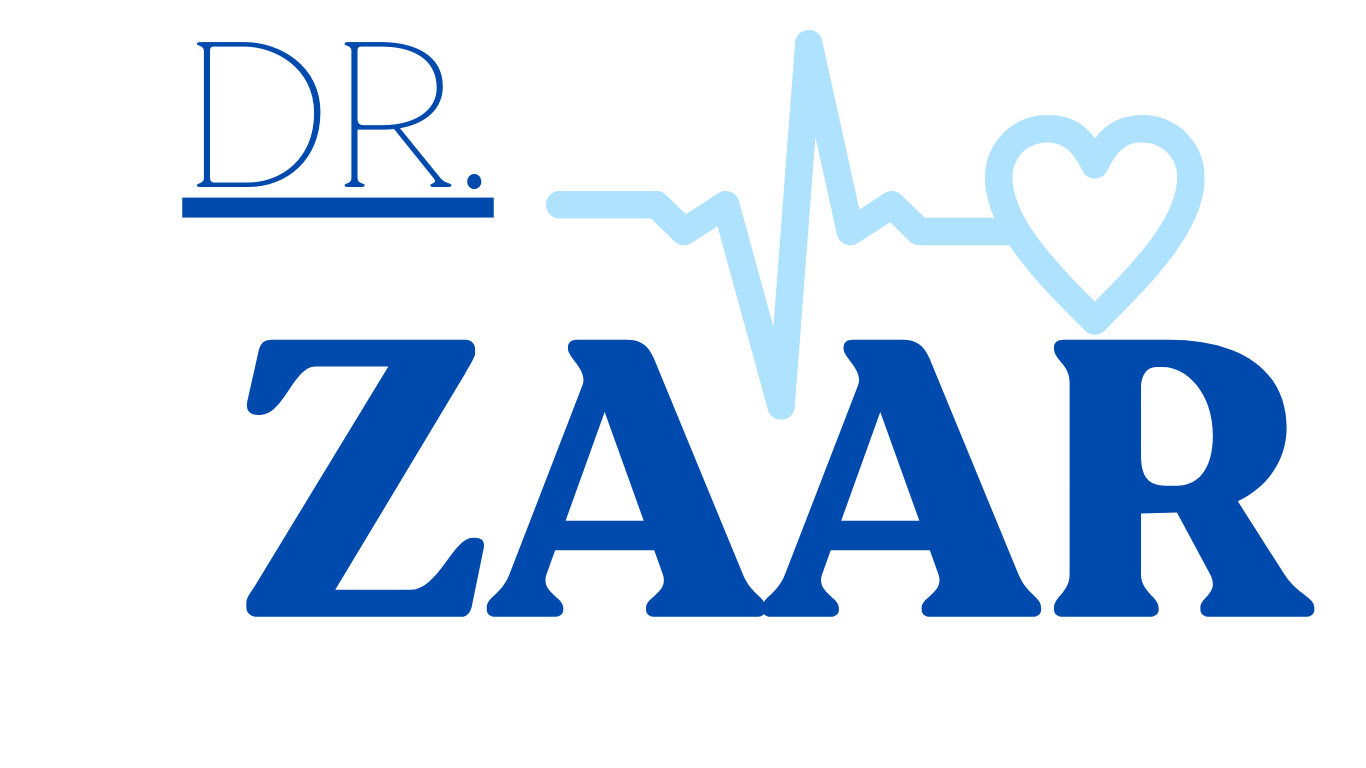Hepcidin Dysregulation in Menopause: A Potential Contributor to Iron Imbalance and Anemia in Postmenopausal Women
Introduction:
Menopause marks a significant life stage for women, characterized by the cessation of reproductive function and hormonal changes. While menopause primarily involves the decline of sex hormones like estrogen, emerging research suggests a potential connection between menopause and hepcidin, a key regulator of iron metabolism. This article explores the intricate interplay between hepcidin, hormonal changes in menopause, and its implications for iron imbalance and anemia in postmenopausal women.
I. Hepcidin: The Master Regulator of Iron Metabolism:
Hepcidin, primarily produced by the liver, plays a central role in maintaining systemic iron balance. It governs iron absorption in the intestines, iron recycling from macrophages, and iron release from hepatocytes by binding to ferroportin, a transmembrane protein responsible for exporting iron from these cells into the bloodstream. Elevated hepcidin levels lead to ferroportin degradation, reducing iron release and absorption.
II. Menopause:
Menopause is a natural biological process typically occurring between the ages of 45 and 55 when a woman’s ovaries cease to produce eggs and hormone levels, especially estrogen, decrease significantly. Menopause is associated with various physical and psychological changes.
III. Hepcidin Dysregulation in Menopause:
Recent studies have suggested a potential interplay between hepcidin and menopause:
A. Estrogen Influence:
- Decline in Estrogen: Menopause is marked by a significant decline in estrogen levels. Estrogen has been shown to influence hepcidin regulation. The decrease in estrogen may lead to alterations in hepcidin production.
B. Anemia in Postmenopausal Women:
- Anemia Prevalence: Anemia becomes more prevalent in postmenopausal women. While aging alone can contribute to anemia, hepcidin dysregulation due to hormonal changes may exacerbate iron imbalance.
IV. Clinical Implications and Treatment:
Understanding the potential role of hepcidin in menopause has several clinical implications:
A. Diagnostic Value:
Monitoring hepcidin levels in postmenopausal women, especially those presenting with anemia, may provide insights into iron metabolism and potential contributions to anemia. Regular assessments of iron parameters can guide clinical management.
B. Hormone Replacement Therapy (HRT):
In some cases, Hormone Replacement Therapy (HRT) may be prescribed to manage menopausal symptoms. Estrogen replacement therapy may indirectly influence hepcidin regulation and iron metabolism.
C. Iron Supplementation:
For postmenopausal women with iron deficiency or anemia, individualized iron supplementation, guided by laboratory assessments, may be recommended. The timing and dosing of iron supplementation should consider hepcidin regulation.
V. Future Directions and Research:
Continued research in this area aims to:
- Clarify the mechanisms by which estrogen decline in menopause influences hepcidin regulation and iron metabolism.
- Investigate the clinical significance of hepcidin modulation on iron balance and anemia in postmenopausal women, potentially leading to tailored treatment approaches.
- Explore potential therapeutic interventions targeting hepcidin and iron homeostasis to improve the overall health and quality of life for postmenopausal women.
Conclusion:
The emerging connection between hepcidin, menopause, and iron imbalance underscores the complexity of hormonal changes in women’s health. Recognizing the potential implications of hepcidin dysregulation in postmenopausal women opens avenues for innovative diagnostic tools and therapeutic approaches. Further research in this field promises to refine the care of postmenopausal women, addressing not only menopause-related aspects but also iron-related aspects, ultimately improving their quality of life and well-being.
